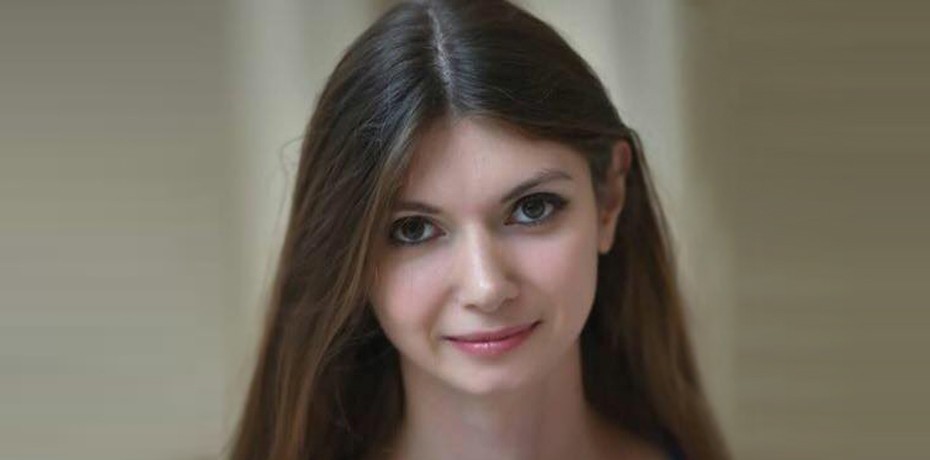14:53 | 29.09.16 | Interviews | exclusive 116222
Gevorg Karapetyan. Mailbox Zero will manage your email overload
Armenian-American Mailbox Zero free application, recently launched for AppStore, is an email management system that organizes your messages by importance and type, working with Gmail, Yahoo, Hotmail, AOL, Outlook and other mail services.
The New York Times and TechCrunch have already reported about this app.
Itel.am talked to Gevorg Karapetyan, co-founder and technical director of Mailfeed, the company that developed the application.
- How does Mailbox Zero solve the problem of email overload?
- The main issue of email is the email overload. Almost everyone is familiar with this problem, when you have 100 unread emails in the morning, and you read 60 and leave 40 for next day. But next day you already have 160 and so on. As a result, missed meetings, deadlines, opportunities.
Most of us familiar with situation when the important email was in inbox for several days and we just forgot to answer to it and when we remembered our answer was not relevant anymore.
The advanced technologies such Machine Learning and personalized algorithms allow to solve this kind problems. Imagine email client, which sorts your inbox based on priority and categorizes emails per type, reminds that you haven’t answered to important email from your supervisor or colleague, triage overcrowded inbox in minutes. Mailbox Zero turns the process of dealing with emails from boring to fast and interesting.
- How many installs does the app have in AppStore? Will there be an Android version?
- Today we do not have millions of installs in the App Store and we were focused on work with our targeted audience. From the beginning our focus was on productivity audience – business people, anyone receiving lots of emails in general.
We have already started the development of the Android version and plan to release by the end of the year.

- You have offices in the US and Armenia. How many people in your team are working on product development?
- Our headquarters is in Los Gatos, California. We also have an office in Yerevan, where the main work on product development takes place. The team consists of 12 people.
- What were the 3 mistakes you made in the beginning that helped you succeed later?
- We were not thinking big enough from the very beginning, aimed for the small market and solved little issues. That was wrong, and our investors felt that too when they rejected our projects. Time showed that we shouldn’t be afraid of trying to solve big and difficult issues that seem unsolvable on the surface.
The other mistake was that every time we would get money from investors we would jump to product development, because all of us really had fun designing, building and improving the app. We were too concentrated with development and were not working much about the business part – strategy for entering the corporate market, monetization methods and marketing research, etc. You need to work on all parts simultaneously.
The third mistake was that what is good for you is not always good for the user. We would come with an idea, talk it over and spend the next two weeks developing it. In the end we would realize that not all of our ideas great and that we need to spend more time thinking about every new idea strategically. Your first instinct is to give it a try and give it all you got, but in the end you end up wasting a lot of time.
Time is very valuable, and you have to set the right goals and understand the time and resource that it will take you to achieve it. Most importantly, your product has to bring value to the user.
Narine Daneghyan talked to Gevorg Karapetyan

17:29 | 24.09.25 | Articles
Jacopo Losso on Cross-Border Investments and Why Armenia Attracts Angels








